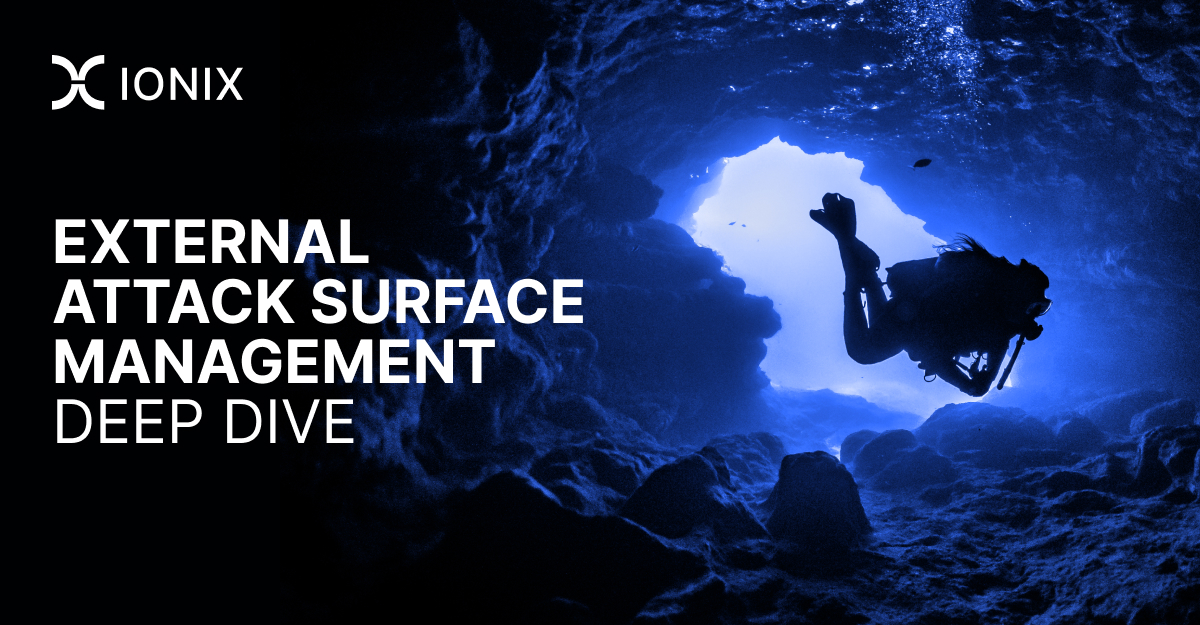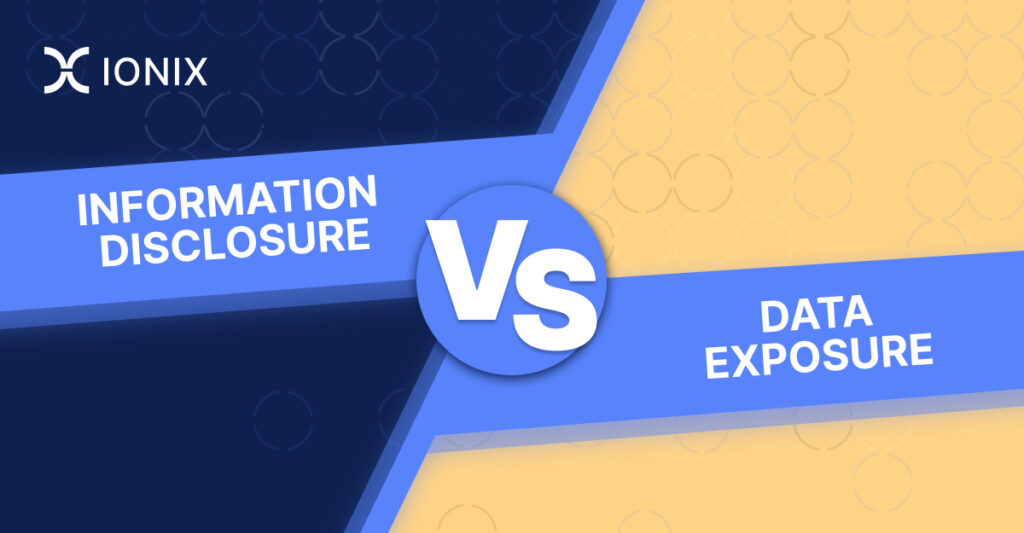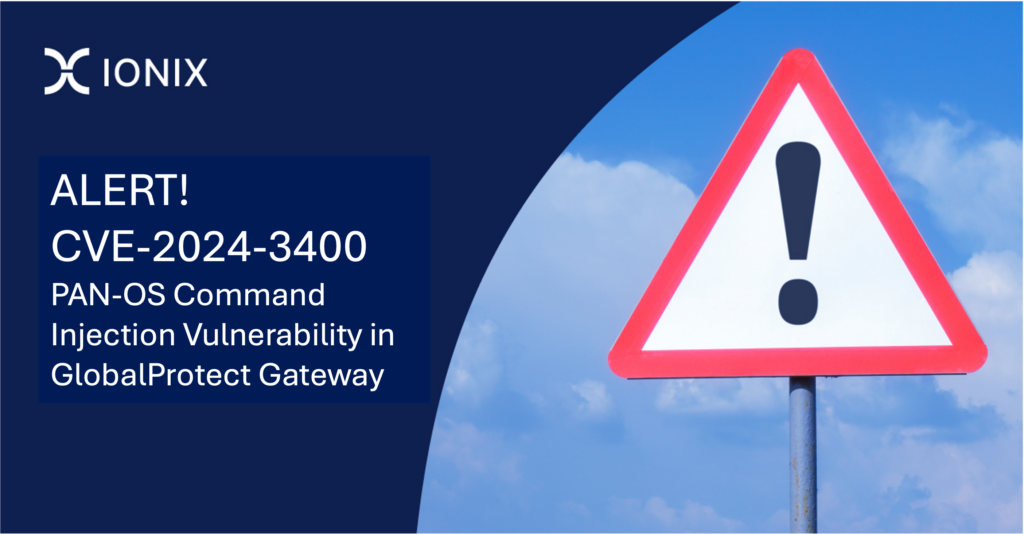A Deep Dive Into External Attack Surface Management

We live in a time where the integrity and security of an organization’s digital infrastructure are essential in earning customer confidence and trust. This trust, however, is increasingly under siege due to a surge in cyberattacks exploiting overlooked or inadequately managed internet-facing assets.
Organizations’ growing online presence are under an ever-increasing risk of cyber threats . As businesses embrace digital transformation, their attack surface expands, encompassing not only known assets but also shadow IT and third-party services. This complexity makes it challenging to identify, manage, and mitigate risks effectively.
Gartner forecasts that by 2026, organizations focusing their security spending on a CTEM (Cybersecurity Threat Exposure Management) program will achieve a reduction in breaches by two-thirds. Taking the attacker’s point of view and starting Gartner CTEM with EASM(External Attack Surface Management)provides an impactful first step towards this goal. By adopting a comprehensive EASM cybersecurity strategy, businesses can proactively discover and monitor their internet-facing assets, prioritize vulnerabilities based on exploitability and organizational context, and swiftly remediate potential threats. So, let’s understand what the hype is all about.
What is an External Attack Surface?
An external attack surface refers to the sum of all the different points where an unauthorized user or malicious actor can potentially gain access to or breach an organization’s network, systems, software, or digital platforms from the outside. Your organization’s external attack surface includes all of your known and unknown internet-facing assets. This includes everything from domain names, SSL certificates, and protocols to operating systems, servers, IoT devices, and network services scattered across on-premises and cloud environments.
Furthermore, Your external attack surface also extends to the complex web of connections and infrastructure that makes up your digital supply chain. Each component of the digital supply chain, down to the code level, provides potential entry points that threat actors relentlessly scan for vulnerabilities to exploit.
What Are The Challenges Around External Attack Surface Management
Navigating the external attack surface is nearly impossible with the traditional tools at our disposal. Here’s why:
- Increased reliance on third parties: As organizations integrate more deeply with partners, suppliers, and SaaS providers, their attack surface extends to those entities’ security postures as well. Third-party risk is difficult to assess and mitigate without insight into vendors’ external assets and exposures.
- Unidentified exposures and vulnerabilities: Limited attack surface visibility allows vulnerabilities in internet-facing assets to go undetected. Misconfigurations, unpatched systems, and unknown exposures provide entry points for threat actors to exploit. Automated tools generate high volumes of exposure data that is difficult to parse and prioritize.
- Distributed IT ecosystems: With assets scattered across on-premises networks, cloud environments, subsidiaries, and third-party vendors, organizations often lack centralized visibility and control over their external attack surface. Siloed teams and tools further compound this fragmentation.
The Rise of the External Attack Surface
In the past, the dominant cyber security strategy was defending the perimeter of internal networks with firewalls and detect and response solutions. Today, the perimeter has all but evaporated. Threat actors don’t need to breach the perimeter? Instead, they can focus on weakly secured connected assets or unmanaged ShadowIT. Connected assets that are unknown or outside the organization’s IT environments present a growing challenge to security teams. Assets deployed beyond this edge represent an external attack surface that can be used to target your organization.
This new digital footprint is far more expensive than the internal one, often by several orders of magnitude, as the interactions between employees, consumers, and businesses are increasingly happening online via web-based services and applications. The growth of this footprint has accelerated as enterprises undertake significant digital transformation initiatives. These projects require new digital assets, many of which reside outside the firewall, are hosted on public cloud infrastructures, or are deployed in mobile app stores.
For example, consider a large retail company that decides to launch a new e-commerce platform to expand its online presence. The platform is built using a combination of in-house and third-party services, including a content delivery network (CDN), a payment gateway, and a customer relationship management (CRM) system. Each of these services introduces new assets to the company’s external attack surface, such as web applications, web servers, and databases. If any of these assets contain vulnerabilities, they could be exploited by attackers to exfiltrate sensitive data or disrupt the company’s operations.
Additionally, the development of these services and applications often incorporates the products or capabilities of third-party vendors of services, code, infrastructure, or data. It doesn’t stop there. Many of those third parties have built their functionality on top of that of their vendors’. These third, fourth, and ‘Nth’ parties provide assets that are also part of your external attack surface, whether you know about them or not.
What is External Attack Surface Management?
External attack surface management cybersecurity discipline was created in the wake of COVID-19, when the remote workforce and accelerated cloud adoption also brought on unparalleled risks due to internet exposure.
EASM refers to the processes and technology necessary to discover external-facing assets and effectively manage the vulnerabilities of those assets. Examples include servers, credentials, public cloud misconfiguration, and third-party partner software code vulnerabilities that could be exploited by malicious actors. EASM’s core tenet is to take an outside-in view of the enterprise to actively identify and mitigate threats that exist beyond the perimeter. Essentially, you are viewing your organization through the eyes of an attacker.
How Does Attack Surface Management Work?
Given the potential damage to a company as a result of cyberattacks, many organizations are now incorporating external attack surface management platforms into their enterprise risk management strategies. As such, security teams are opting for more proactive approaches where known and unknown risks, vulnerabilities, and assets are handled strategically versus reacting to incidents ad-hoc.
For security teams to achieve this, here is the step by step external attack surface management process:
- Attack surface discovery — External attack surface mapping initiates with the discovery of an organization’s externally accessible assets, extending to its digital supply chains. This process involves using a combination of passive and active scanning techniques to identify known and unknown assets, including those managed by third parties.
- Monitoring — Continuously scan and monitor external attack surface, including cloud services and on-premises infrastructures, to identify changes to the attack surface and new risks. Regular monitoring ensures that the organization has an up-to-date view of its external attack surface and can quickly detect and respond to emerging threats.
- Analysis — Evaluate and analyze asset attributes to determine if they are misconfigured, vulnerable, or behaving anomalously. This includes conducting a recursive assessment to identify risky connections, where external risks to connections and assets that put your asset at risk. By analyzing asset attributes, organizations can identify potential weaknesses and prioritize remediation efforts.
- Prioritization — Utilize a multi-layered prioritization approach that takes into account factors such as severity scores, exploitability, and blast radius. This helps organizations prioritize risks based on their potential impact and the likelihood of an attacker successfully exploiting the weakness.
- Correlate Threat Intelligence – Integrate data from Digital Risk Protection Services (DRPS) to identify leaked credentials and exposed machines in your inventory. By correlating this threat intelligence with the discovered attack surface, organizations can identify assets that may be at higher risk due to exposed credentials or other compromising factors.
- Remediation — Provide actionable plans for mitigating prioritized threats and implement a remediation workflow that integrates with existing security tools and processes. This may include generating tickets, triggering incident response procedures, or automating remediation tasks through security orchestration and automation solutions. Streamlining the remediation process helps organizations more effectively address risks across their external attack surface.
How to choose an Attack Surface Management platform?
Choosing an external attack surface management tool requires careful evaluation to ensure it comprehensively identifies and monitors the organization’s exposed assets and vulnerabilities. As organizations grapple with the challenges of managing their ever-expanding external attack surface it becomes clear that a siloed approach to cybersecurity is no longer sufficient. To effectively mitigate risks and protect their digital assets, organizations must adopt a holistic and integrated approach to attack surface management (ASM).
EASM, which focuses specifically on identifying, prioritizing, and mitigating risks associated with internet-facing assets, is a critical component of the broader ASM discipline. However, it cannot be effectively implemented in isolation from the rest of the organization’s cybersecurity efforts.
Download the IONIX Attack Surface Management Checklist!
Ionix’s role in EASM
IONIX is a leading provider of external attack surface management solutions, offering a comprehensive platform that empowers organizations to proactively identify risks from the attacker’s point of view, monitor them, and mitigate them across their ever-expanding digital footprint.
IONIX’s external attack surface management SaaS platform features a robust attack surface discovery engine, which continuously monitors and identifies internet-facing assets and their digital supply chains. This provides organizations with a dynamic, up-to-date view of their external attack surface. By exposing critical threats and vulnerabilities, IONIX enables security teams to prioritize remediation efforts based on exploitability, threat intelligence, and business context. This approach ensuresthat the urgent and important issues are addressed first. Additionally, IONIX offers Active Protection that can automatically mitigate risks like domain hijacking without manual intervention.
All in all, IONIX provides a holistic solution to a distributed problem that will help reduce the risk of costly data breaches and protect your reputation as you go increasingly digital.




